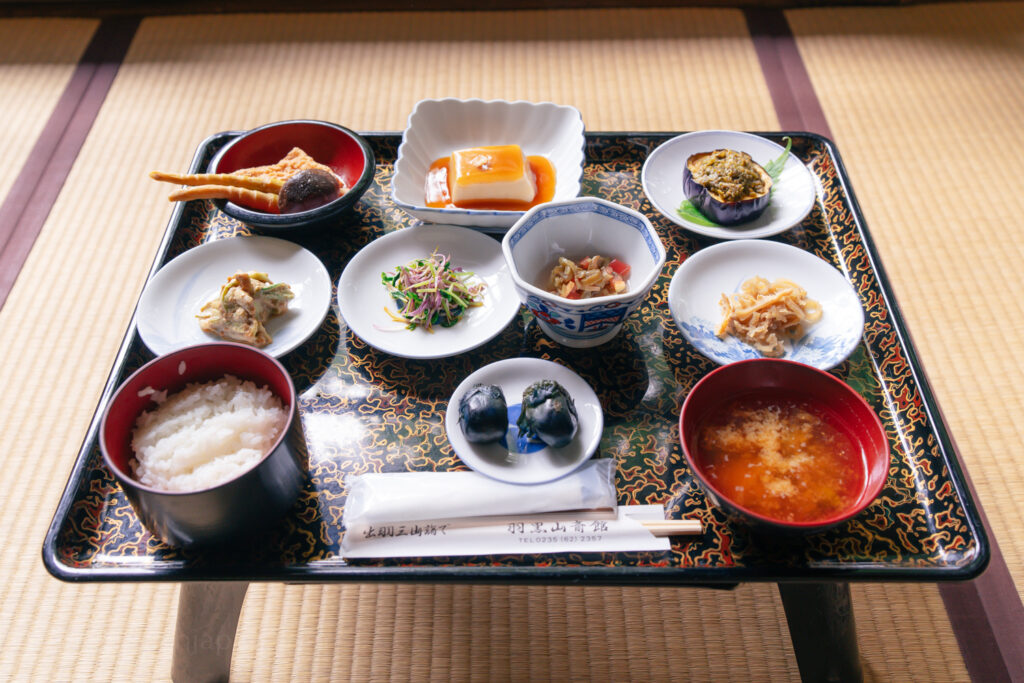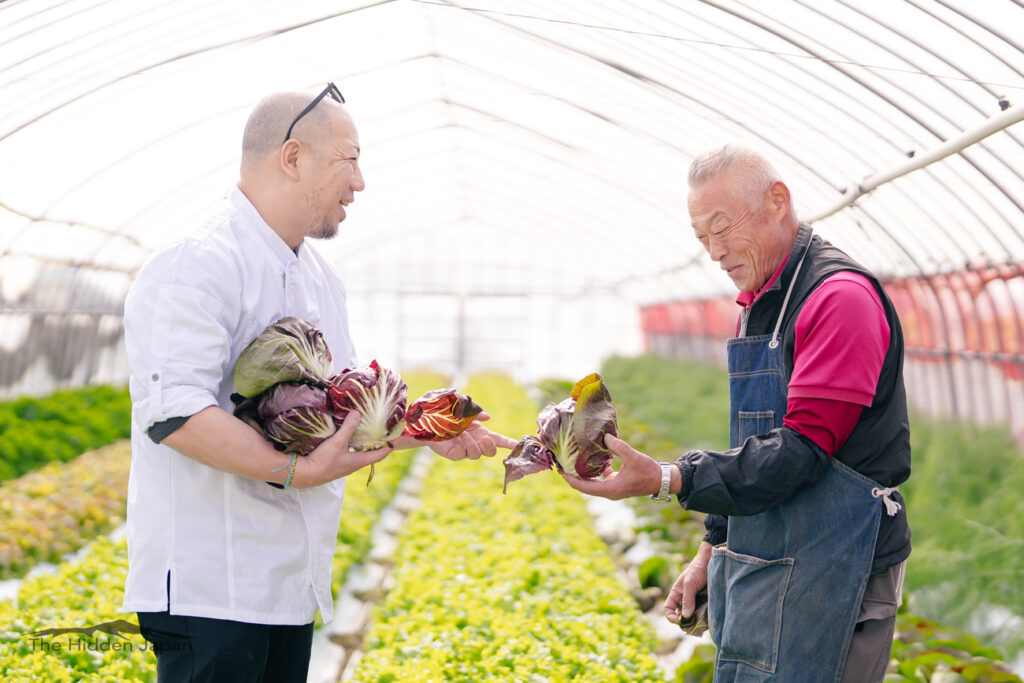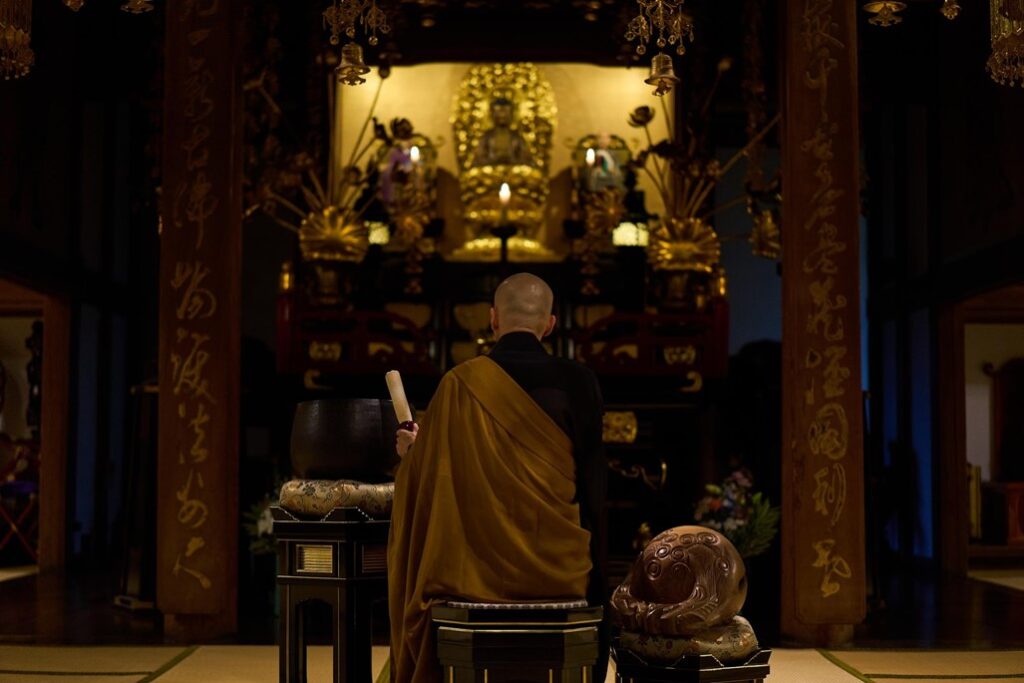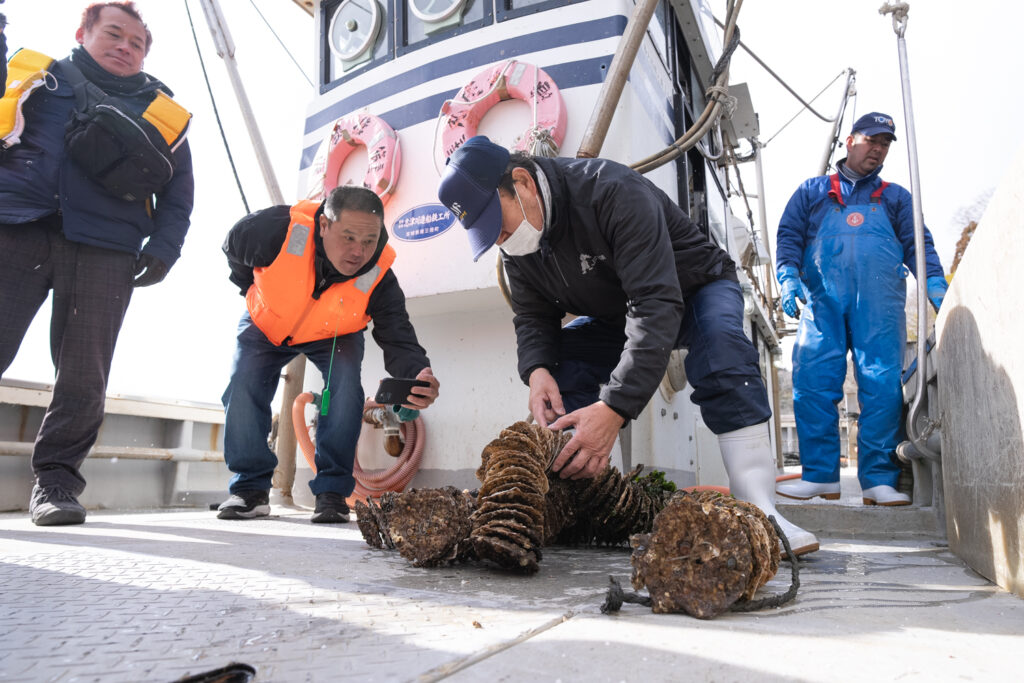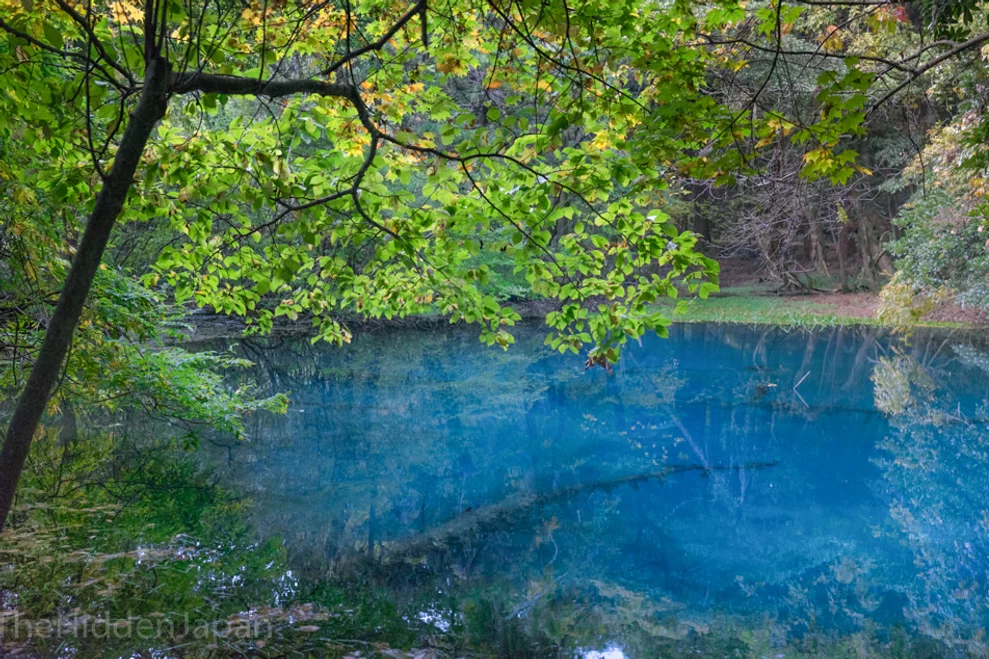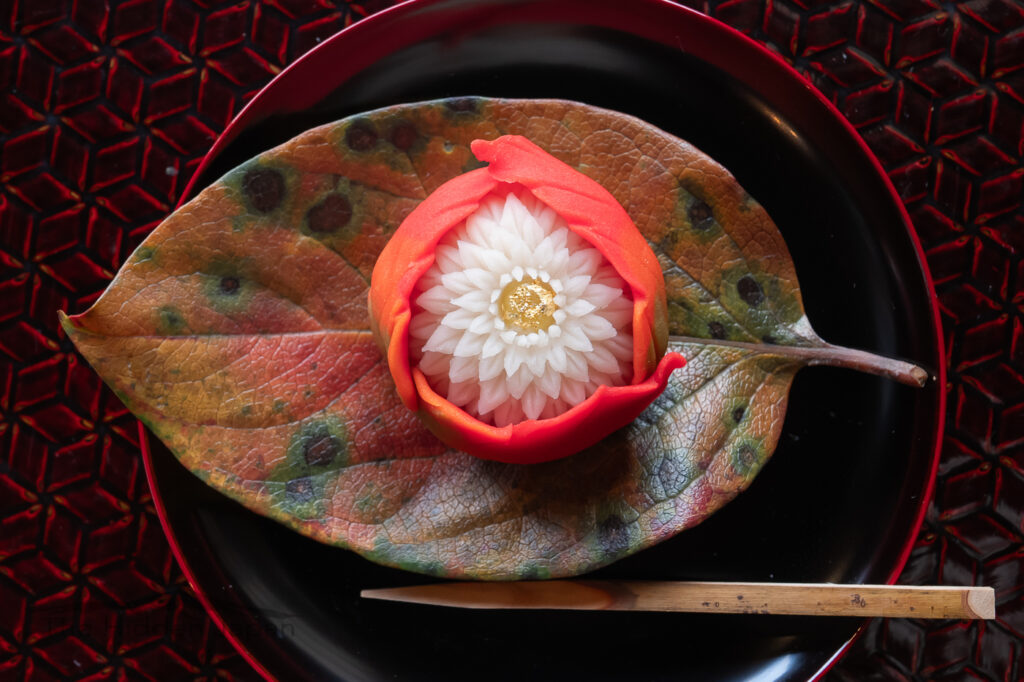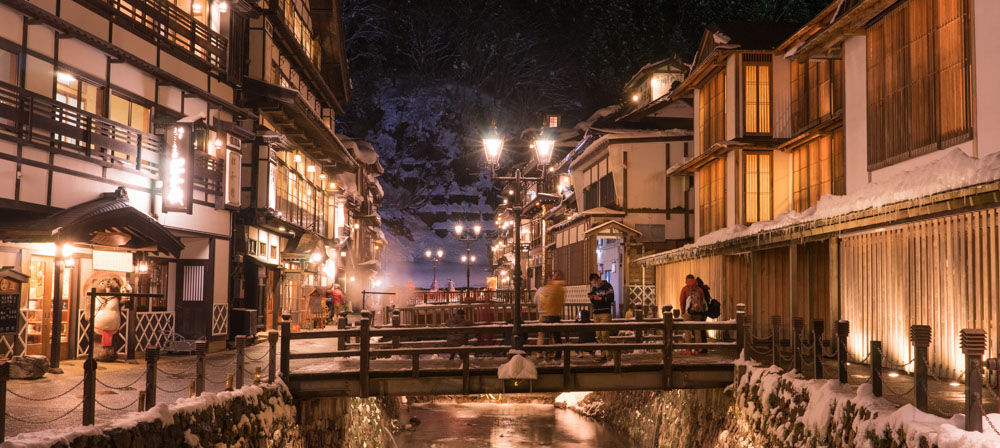
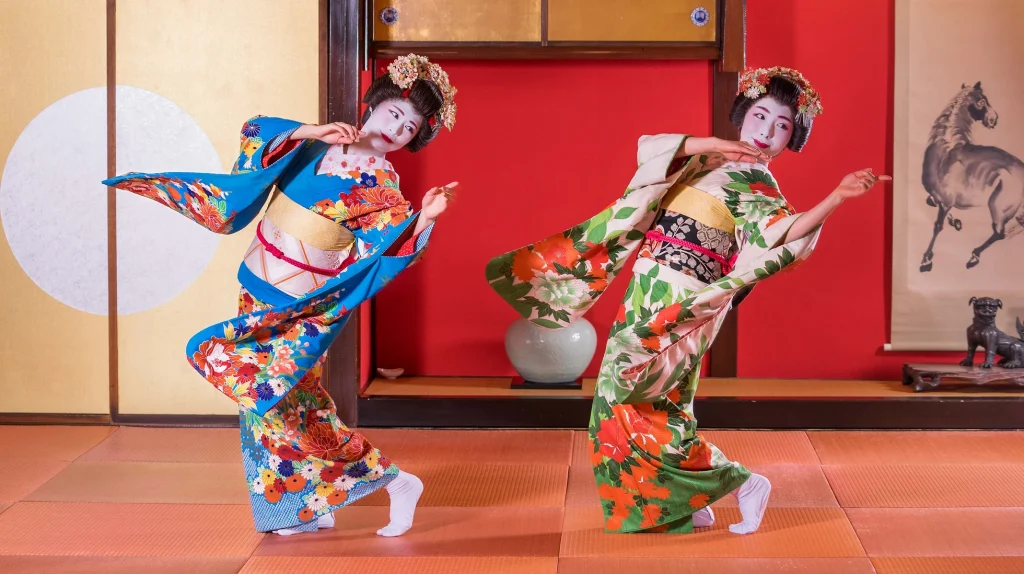
Somaro Maiko Teahouse
Yamagata Prefecture
A building with so much history, sure to please anyone who has an interest in Japan and Japanese culture.
Somaro is a maiko trainee geisha tea house and hina doll gallery in the heart of Sakata City that is sure to please anyone who has an interest in Japan and Japanese culture. Somaro is perhaps best known for the daily dance performances by maiko, stunning artwork by famed artist Takehisa Yumeji, and beautiful architecture and design with a direct influence from Kyoto. The historic buildings that were originally built during the Edo period (1603-1867) maintain the traditional Japanese atmosphere and have been updated as recently as 2000 by Hirata Farms.
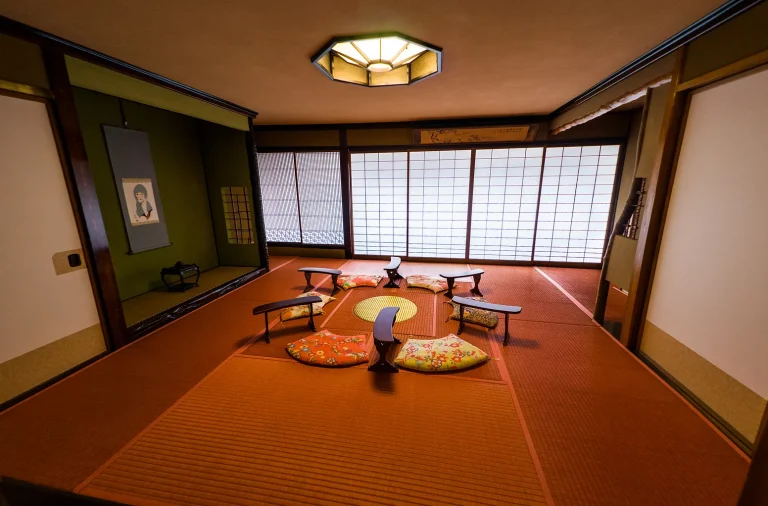
Quick Info
Cost
Performance Bookings can be made here.
Traditional Japanese tea and confectionery set: 600 yen
Opening Hours
Open daily from 10am to 5pm (Last entry 4:30pm, closed Wednesdays).
Average Duration
1-2 hours
Address
〒998-0037 Yamagata-ken, Sakata-shi, Hiyoshichō, 2 Chome−2−20
Other tips
Performance Bookings can be made here.
Somaro is located in downtown Sakata City and is easily accessible by either car or public transportation.
It is approximately a 20 minute walk from Sakata Station, or a six-minute taxi ride.
Somaro also has two reasonably sized parking lots for those who wish to come via rental car.
The History of Somaro Maiko Teahouse
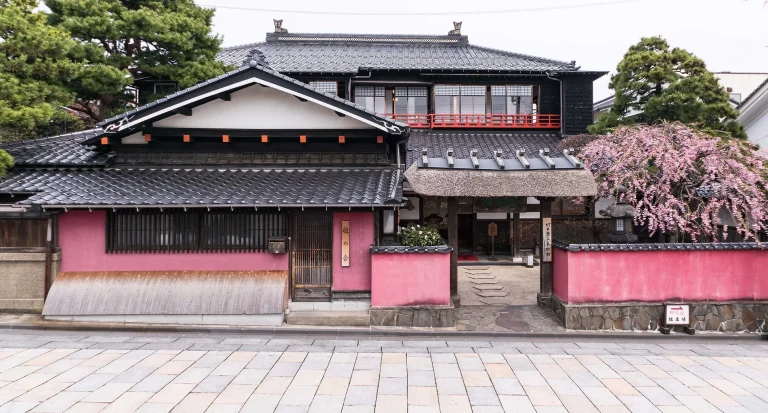
Somaro is one the best places to experience the rich history and culture of the port city of Sakata. Originally a traditional Japanese high-class restaurant named Somaya that operated for over 100 years, the buildings underwent a renovation in the year 2000 when the newly renamed Somaro was born.
From the 1600s onwards the Tokugawa Shogunate commissioned the Shonai region to be a producer of rice allowing Sakata to prosper greatly. The Japan Heritage Kitamaebune ships were used to trade rice and safflower to Edo (modern-day Tokyo), Osaka, Kyoto, and other regions all around Honshu in return for salt and cotton.
Perhaps the most remarkable thing traded on the Kitamaebune ships was the culture of western Japan, most notably Geisha and Maiko culture of Kyoto. Somaro was the materialization of this cultural import.
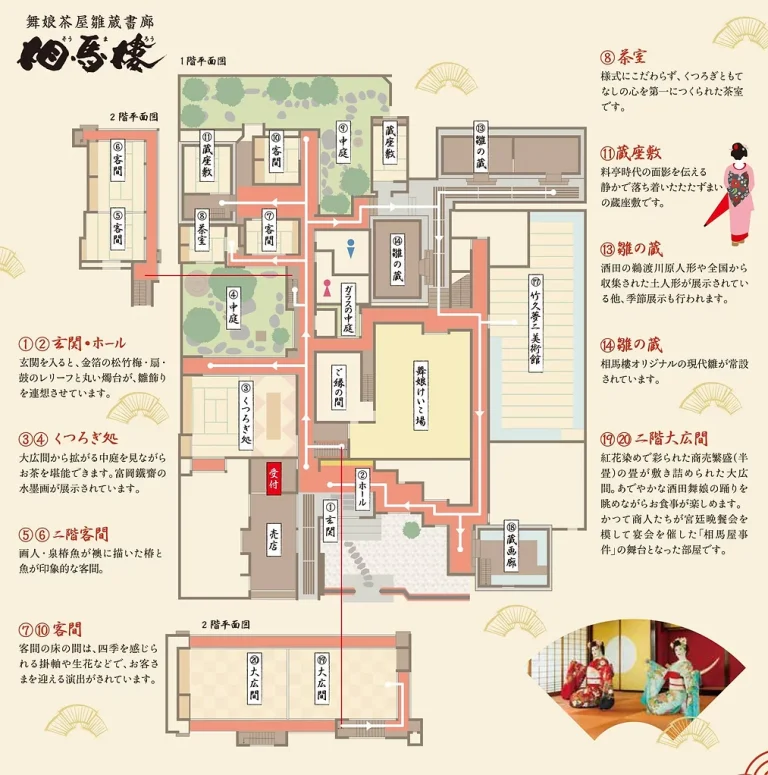
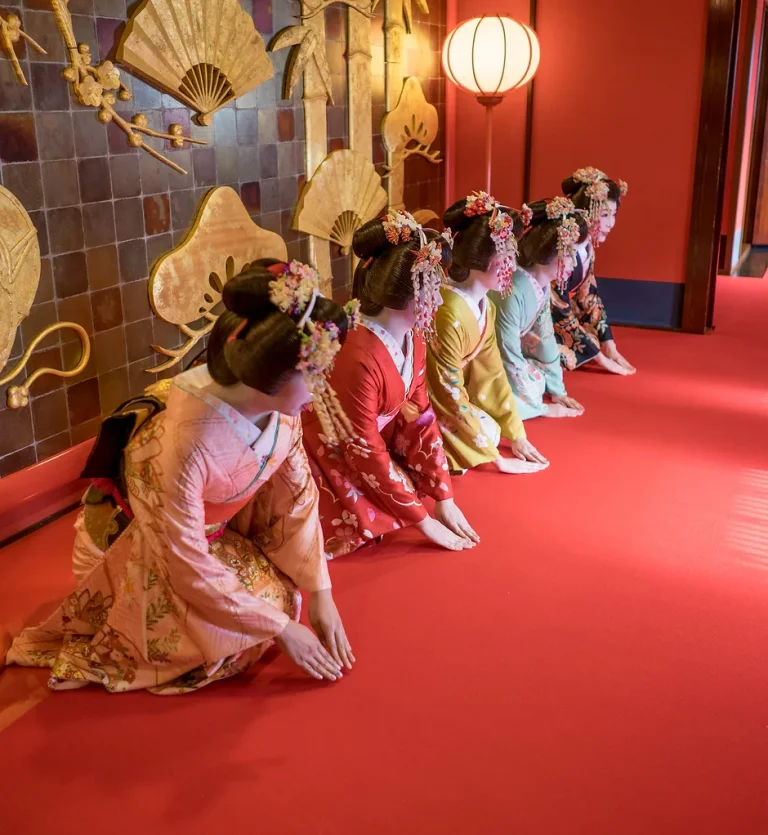
It was during this time Somaya was built and garnered popularity among politicians and VIPs. In fact, the large hall on the second floor where the Maiko perform was the location for the Somaya incident in 1893; a group of rice merchants impersonated royalty in clothing they had obtained from Kyōto and were promptly arrested for lese-majesty. The following year the Shonai Earthquake and subsequent fires destroyed everything but the white storehouse. Somaro was rebuilt around this structure that you can still enter today.
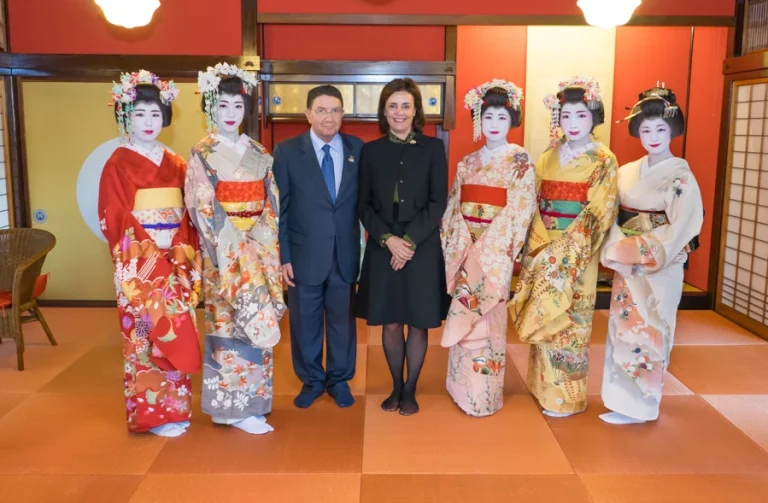
Somaya began to decline following WWII and eventually closed in 1990. However, identified as an important cultural asset to the region, Hirata Farms (Hirata Bokujo) purchased Somaya and fully restored the home to its former glory. Following its restoration, Somaya was renamed as Somaro and is now a popular tourist destination for travelers in Japan and abroad.
Daily Performances at Somaro
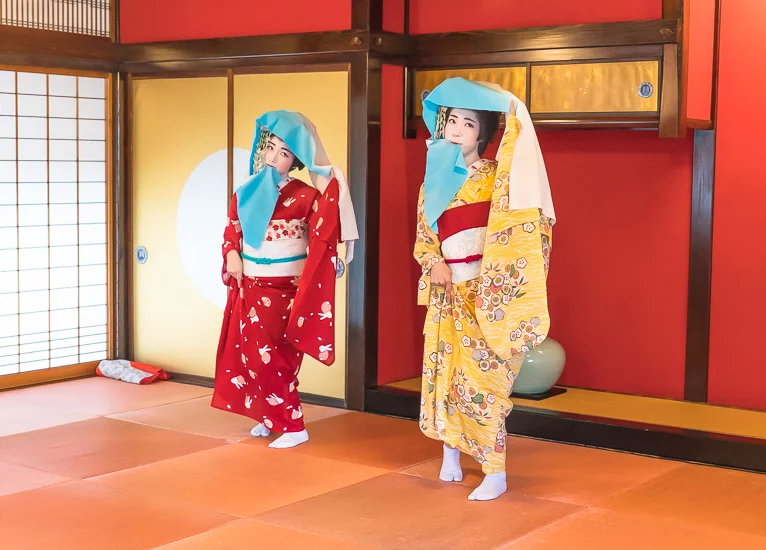
There are daily performances by the Maiko at 2pm and more performances held during busy seasons, however, if there are two or more of you it is highly recommended to order a meal in advance for an exclusive Maiko performance while you enjoy exquisite local delicacies (bookings required, performances held at 12 noon). Photographs can be taken with the Maiko following their performance.
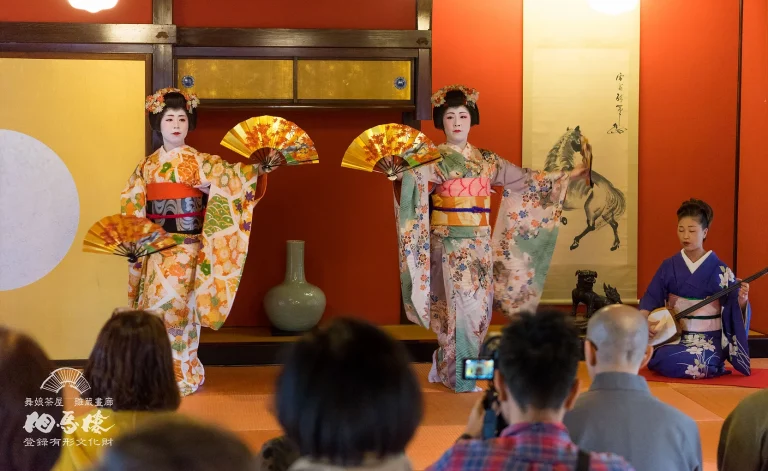
Exploring Somaro
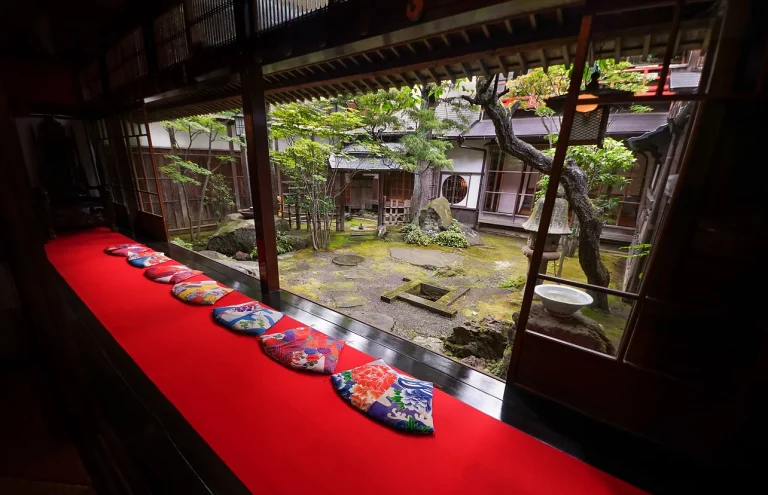
Somaro has many art exhibits and rooms to explore throughout its home.
In addition to the private lunch Bentos, Somaro also serves food and drinks throughout the day in the large tea room next to the central garden. Here you may order a variety of refreshments or small food items that are served by the Maiko.
During the summer months, you can even sit by the garden and enjoy a light meal. We highly recommend the traditional Japanese tea and confectionery set for 600 yen.
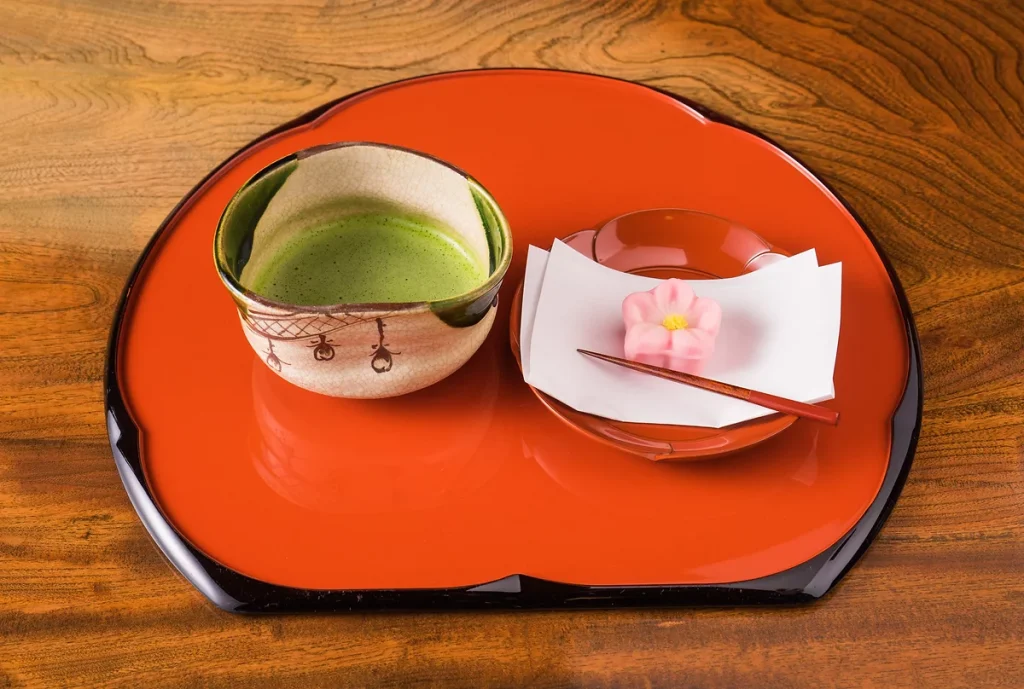
Lunch and Private Performances
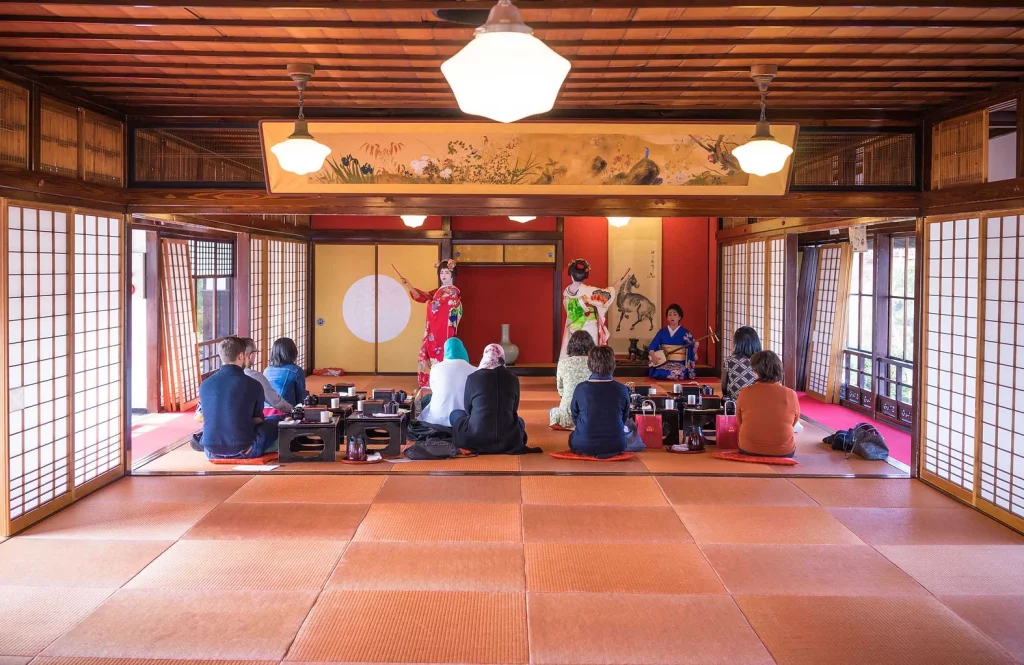
Somaro also offers the chance for guests to enjoy local delicacies from Sakata City with a private performance at 12 noon each day.
These are private performances that include a bento lunch prior to the performances.The price of this lunch varies based on your bento lunch choice. Due to limitations in Somaro’s ability to prepare multiple types of bento, please choose one type of bento for your entire group.
- Multi-course Kaiseki Bento
- Chirashi Sushi Bento
- Unagi Eel Bento
- Children’s Bento (only available for children kindergarten age or younger)

